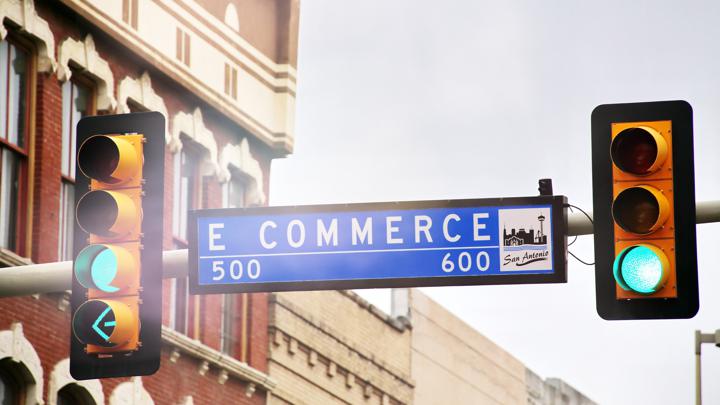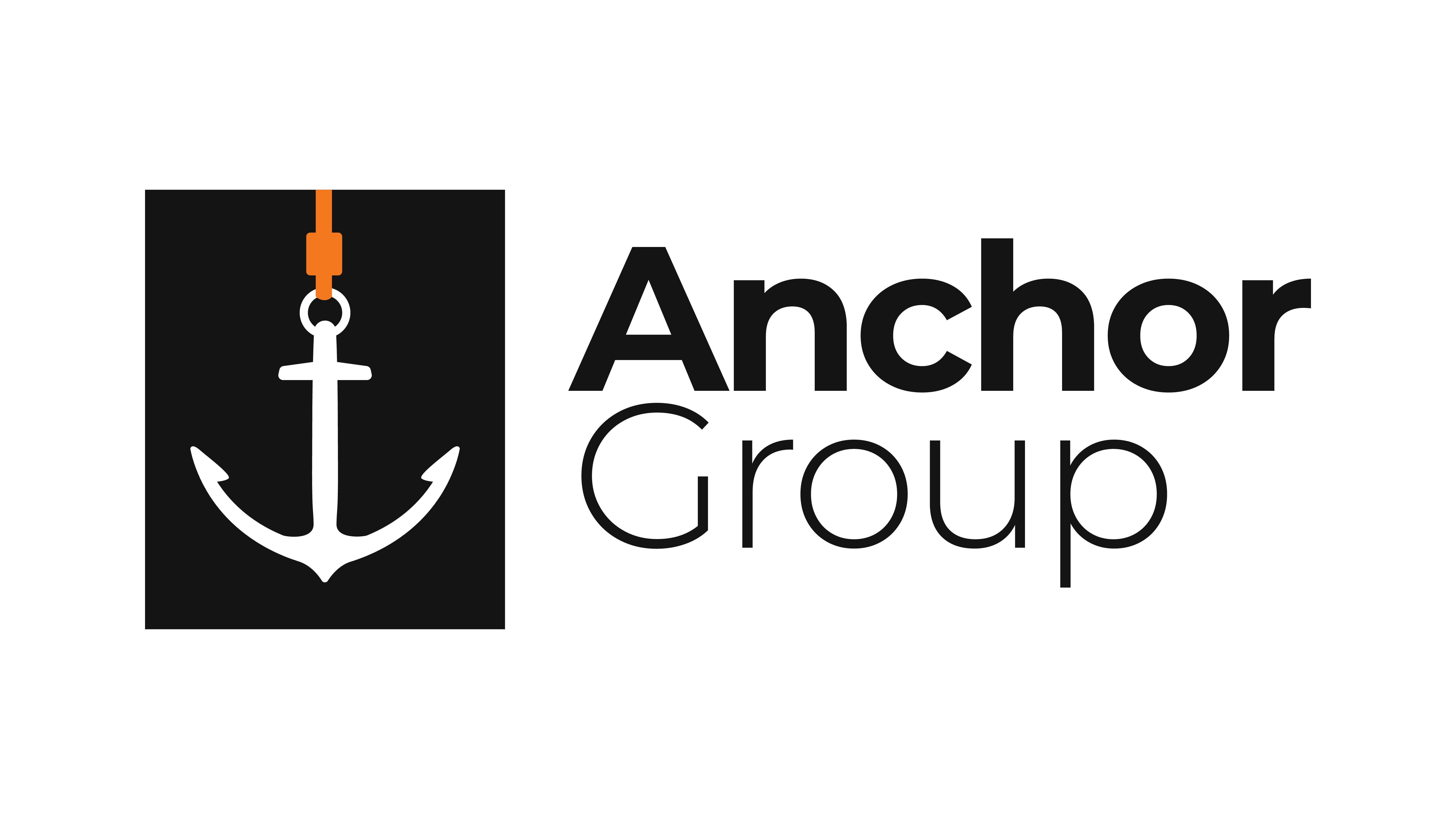
Is your business looking for an e-commerce website that outshines the competition through design, or are you looking for an e-commerce website that integrates seamlessly with a full, unified business management platform? Depending on what your focus is, you will need different features in an e-commerce platform.
1. The Platform's Target Audience
Just like the products and services you provide to your customers, these e-commerce platforms are designed and marketed to a specific audience, they are not meant to be all-encompassing.
SuiteCommerce Advanced
SuiteCommerce Advanced is directed at business managers looking to have seamless communication between their ERP system and their e-commerce platform. The focus of SuiteCommerce Advanced could be described as overall system performance. SuiteCommerce Advanced includes many back-end e-commerce management tools (such as dashboards and customer accounts) that bring success to a business' management of their e-commerce endeavors. On the other hand, there are also many front-end options (such as themes and design tools) that create a unified omnichannel customer experience which increases customer engagement.
Webflow
Design. I'll come back to this again because it is very important: Webflow was built for design. The design tools provided within Webflow are extensive. While utilizing a box model that creates the website code in real-time, designers have almost unlimited freedom in design. In fact, this solution is so obviously marketed to designers, that the Webflow program itself was built to look nearly identical to an Adobe program like Photoshop, Illustrator, or InDesign, with the dark grey sidebars covered in somewhat esoteric white icons. Unfortunately, the e-commerce aspect of Webflow is very new, and the native options currently available are rather limited.
Summary: The Platform's Target Audience
SuiteCommerce Advanced gives its customer a high-quality e-commerce management platform & e-commerce website. Webflow gives its customer a beautifully designed website that is also able to manage e-commerce. The difference is in the order of focus.
2. Your Ecommerce Needs
The type of e-commerce needs your business has will have a big impact on what e-commerce solution you choose to employ. Based on the target audiences of SuiteCommerce Advanced and Webflow, you probably have a good idea of which one is the better fit for your business, but here is a little more information on that.

SuiteCommerce Advanced
A common journey of implementing SuiteCommerce Advanced can be condensed and very broadly summarized in the following way: A business has outgrown its current ERP management system and/or e-commerce platform and decides that NetSuite products are the next step. They contact a NetSuite partner who helps them determine what products and customizations their company needs, and they work together to launch the new seamlessly integrated business management and e-commerce system. With this picture in mind, it is easy to see how SuiteCommerce Advanced works wonders for enterprise-level companies. SuiteCommerce Advanced is a great solution for a company seeking an e-commerce platform that enables them to sell internationally and helps them manage B2B as well as B2C e-commerce. However, for a smaller company looking to sell products online, SuiteCommerce Advanced would be exorbitant, both in features and price.
Webflow
A common method of implementing Webflow for e-commerce can be very briefly summarized in the following way: A company contacts a professional web designer and hires them to build (or rebuild) an e-commerce website for the company. The designer uses Webflow because of the freedom they have to create unique designs within the platform. The result is a well-designed, visually stunning website with e-commerce capabilities. Webflow would work wonderfully for a lifestyle blog wanting a gift shop page, or a photography website looking to sell print or electronic images online. However, the e-commerce features are fairly new, and a bit limited at this point in time. With this in mind, Webflow might not have the necessary capabilities to support large enterprise-level retailers or businesses looking to provide international or B2B e-commerce, and piecing together third-party add-ons to fill in all the gaps can get expensive and cumbersome.
If your technical e-commerce needs are second to the visual appeal of your e-commerce website, Webflow is the way to go! However, if your business is primarily seeking high-level capabilities and performance in an e-commerce platform, SuiteCommerce Advanced is the better option at this point in time. While the Webflow team is actively working to add more native features to their e-commerce product in the future, for now, the solution is still a bit young and limited with regards to capabilities.
3. Add-ons
Whether you choose to implement SuiteCommerce Advanced or Webflow, you may find yourself needing a feature that is not included within the program itself. However, both solutions have plugins that can provide you with these desired features!

SuiteCommerce Advanced
If you find yourself needing more features than SuiteCommerce Advanced provides, there are two ways to add more. Various NetSuite Modules may help you manage aspects of your business which in turn will increase your e-commerce effectiveness. However, if you need more features specifically related to e-commerce, SuiteCommerce Advanced gives developers have access to the source code in order to build customizations, and there are a variety of NetSuite apps available. Like all good things, these customizations and add-ons do add up when it comes to price, but the extra capabilities are definitely worth it!
Webflow
For Webflow users looking to add features to their site, the best resource is Webflow Integrations. This is a collection of third-party plugins designed to fill in the currently existing gaps within the e-commerce experience, as well as to provide you with complex features to make your website stand out. With these plugins, your business has the freedom to add almost limitless customizations. Again, just keep in mind that with each plugin, your site's cost and complexity increase.
No matter which of these e-commerce solutions you choose, you will be able to customize your site to meet your business' needs. But it is good to understand how the add-ons for the two solutions differ.
Conclusion:
SuiteCommerce Advanced and Webflow are both high-quality e-commerce solutions, but the features present in each will fit different business' needs. If you are a web designer looking for a platform to recommend to your customers, Webflow will give you flexibility in design like no other e-commerce solution or site-builder can. However, if your company is looking for an e-commerce solution that has the performance and native capabilities to excel in global e-commerce, SuiteCommerce Advanced will set you up for success.
Published September 21, 2020
Hopefully, this post gives you something to work with while trying to understand NetSuite and what it can do for your business. If you have any questions and want some free consulting advice, feel free to contact our team at Anchor Group.
